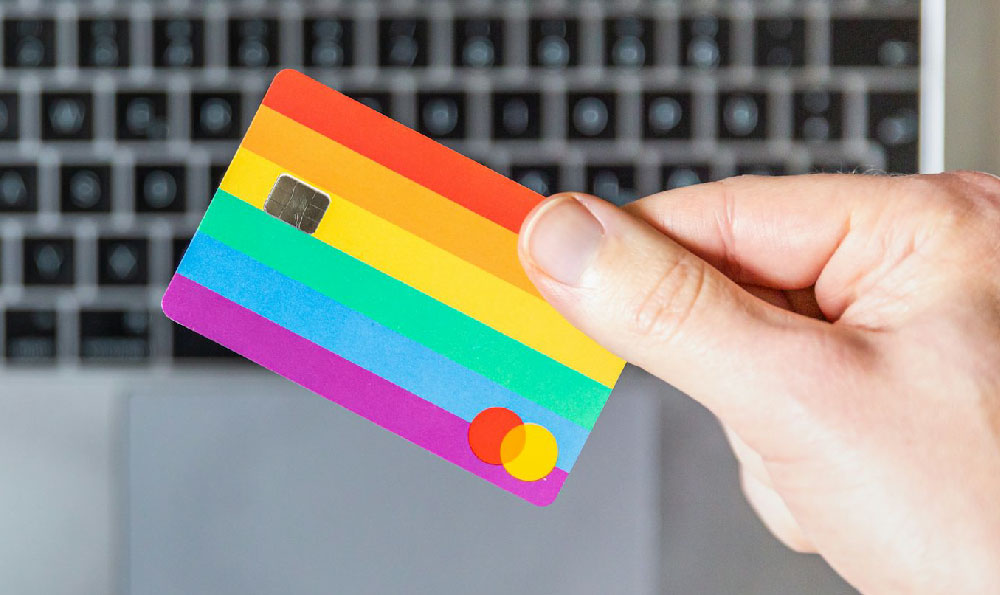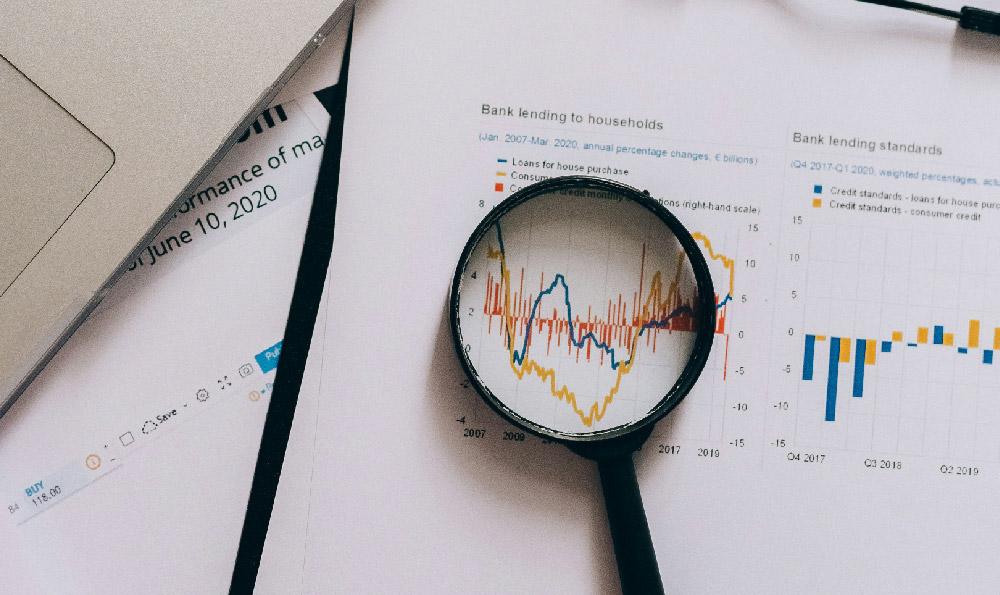Upside, a popular rewards platform, operates on a business model that intertwines the benefits of consumers, retailers, and its own financial health. Understanding how Upside generates revenue and whether it is profitable involves dissecting its operational mechanisms and analyzing its strategic positioning in the competitive landscape of rewards programs and consumer spending.
The core of Upside's revenue generation lies in its ability to drive incremental sales for retailers. Upside doesn't simply offer cashback on existing purchases; it targets consumers who might not have otherwise patronized a particular business. This is achieved through personalized offers tailored to individual spending habits and location data. Upside’s algorithms analyze consumer behavior and target offers to users who are likely to be influenced by them. For example, someone who typically buys gas at Station A might receive an offer from Station B to entice them to switch. This incremental transaction is key.
When a consumer uses the Upside app to redeem an offer at a participating retailer (typically gas stations, restaurants, and grocery stores), Upside receives a commission on the increased profit the retailer earns from that transaction. This commission structure is the cornerstone of Upside's revenue model. It’s crucial to understand that Upside only gets paid when it demonstrably drives new business to the retailer. This performance-based model aligns Upside's interests directly with the retailer's success.

The specific commission percentage that Upside charges retailers varies based on several factors, including the industry, the retailer's profit margins, the size of the offer, and the competitive landscape. Upside negotiates these rates individually with each retailer, aiming to find a balance between incentivizing the retailer to participate and securing a profitable margin for itself. The attractiveness of this model to retailers stems from the low risk involved – they only pay for results.
Furthermore, Upside leverages data analytics to refine its offers and improve its targeting. By tracking consumer spending patterns and offer redemption rates, Upside can optimize its algorithms to deliver more effective and personalized promotions. This constant refinement allows Upside to generate even more incremental sales for retailers, thereby increasing its own revenue. This data-driven approach also helps Upside to better understand consumer preferences and identify new opportunities for expansion.
Beyond direct commissions on transactions, Upside also explores other potential revenue streams. These can include premium features for retailers, such as enhanced analytics and reporting tools, or sponsored offers from specific brands. By diversifying its revenue sources, Upside aims to reduce its reliance on transaction commissions and increase its overall profitability. This strategic diversification is a common tactic for technology companies seeking to create a more resilient and sustainable business model.
Determining whether Upside is definitively profitable is complex, as precise financial details are not always publicly available. However, we can infer certain aspects by analyzing its business model and growth trajectory. The key factors that influence Upside's profitability are:
-
Customer Acquisition Cost (CAC): Acquiring new users is essential for Upside's growth, but it also incurs significant costs in marketing and advertising. If Upside's CAC is too high relative to the revenue it generates per user, it will struggle to achieve profitability. Efficient marketing strategies and organic growth are crucial for keeping CAC under control.
-
Offer Redemption Rate: The higher the redemption rate of Upside's offers, the more revenue it generates. Optimizing offer targeting and personalization is crucial for maximizing redemption rates and improving profitability.
-
Retailer Retention Rate: Retaining participating retailers is essential for Upside's long-term success. If retailers are unhappy with the results of the program or find the commission rates too high, they may choose to discontinue their partnership. Building strong relationships with retailers and providing excellent customer service is crucial for minimizing churn.
-
Operational Costs: Upside incurs significant operational costs in technology development, data analytics, and customer support. Efficiently managing these costs is essential for achieving profitability.
-
Competitive Landscape: The rewards and cashback market is highly competitive, with numerous players vying for market share. Upside needs to differentiate itself from competitors by offering a unique value proposition and continuously innovating its platform.
Considering these factors, it's reasonable to assume that Upside is likely pursuing a growth-focused strategy, prioritizing market share and user acquisition over immediate profitability in its early stages. Many tech companies follow a similar path, investing heavily in growth initiatives with the expectation of achieving profitability later on. Whether it is currently profitable will depend largely on its ability to efficiently manage its CAC, maintain a high redemption rate, retain retailers, control operational costs, and differentiate itself in a competitive market.
In conclusion, Upside’s revenue model is based on driving incremental sales for retailers and earning commissions on the resulting increased profit. Its profitability hinges on a complex interplay of factors, including customer acquisition costs, offer redemption rates, retailer retention, operational efficiency, and competitive pressures. While precise profitability figures may not be readily available, understanding the mechanics of Upside’s revenue generation provides valuable insight into its potential for long-term success and sustainability. The company's long-term viability will depend on its continued ability to deliver demonstrable value to both consumers and retailers.












